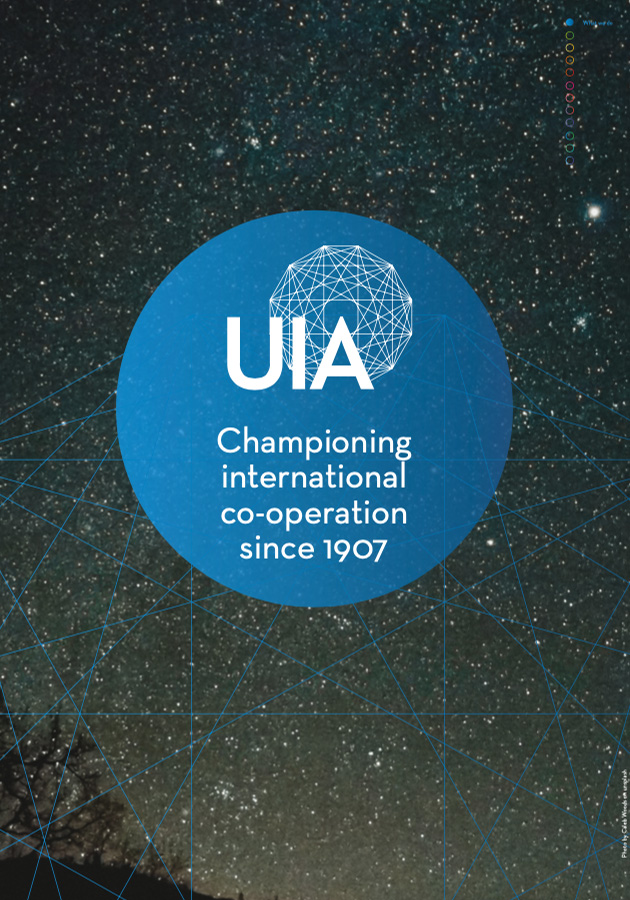About UIA
History
Throughout the pre-1914 period, Belgium was the main host country of the international movement. The UIA was founded in 1907 under the name Central Office of International Associations by Paul Otlet (considered one of the fathers of information science) and Henri La Fontaine (Nobel Peace Prize winner in 1913) to enhance collaboration between organizations, and to serve as a centre for documentation
Purpose and Objectives
The UIA serves two main purposes: to maintain and provide comprehensive, up-to-date, and reliable information on international associations, their activities and concerns, and their meetings activities; and to support and facilitate the work of international associations through training and networking opportunities
Partners and Institutional Status
The UIA partners with a number of intergovernmental and nongovernmental organizations, as well as other entities that help further its aims
Structure and Statutes
The main structure of the UIA comprises a General Assembly of Active Members, an Executive Council, a Bureau, and the Secretariat
UIA's Relevance to…
Global Issues
The UIA’s interlinked databases on international organizations, international meetings, and world problems and solutions are a powerful tool for understanding the complexity of global issues and the policy environment that can foster effective action
Associations
An important role of the UIA is to serve as an information clearinghouse and research institute which promotes the visibility of international organizations worldwide. In addition, the UIA offers associations a range of services and support
The Meetings Industry
In its earliest work the UIA quickly recognized the importance of international meetings and congresses to international association life. This recognition has led to a decades long engagement with what is now known as the meetings industry
Academics and Researchers
The UIA works with universities and research institutes around the world and frequently assists graduate and post-graduate students with their research and data needs
